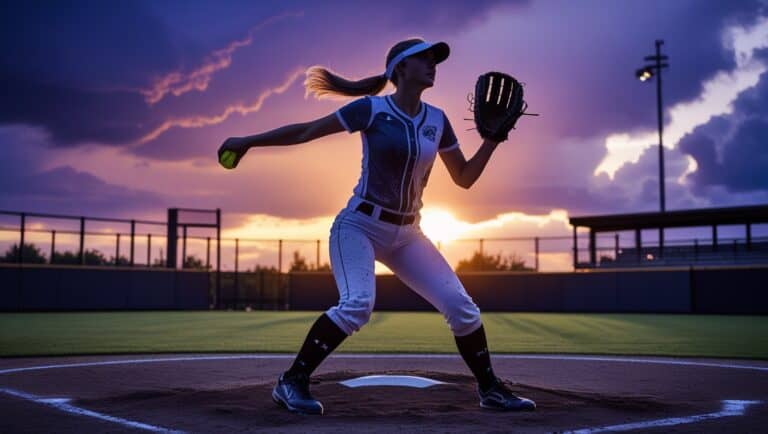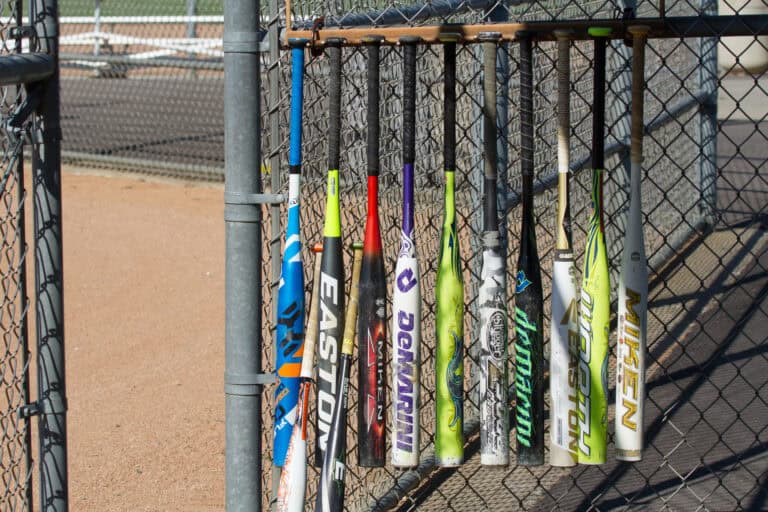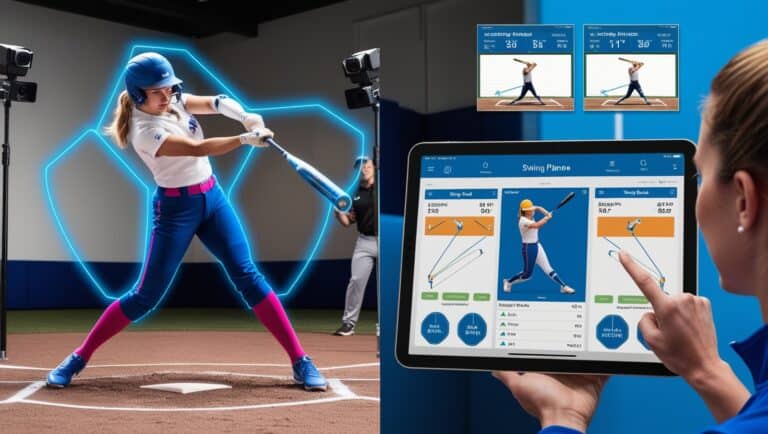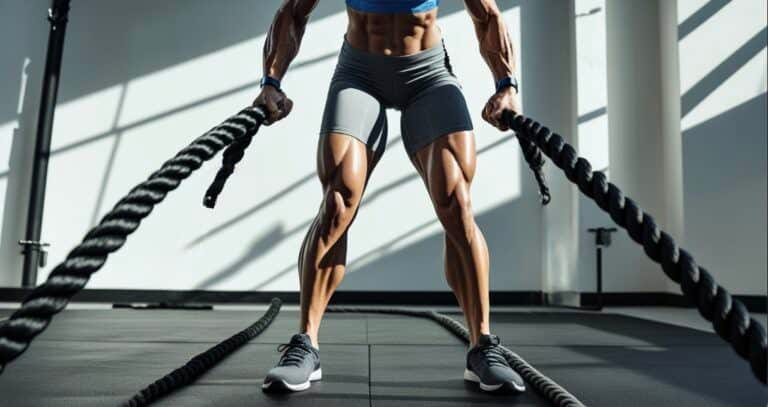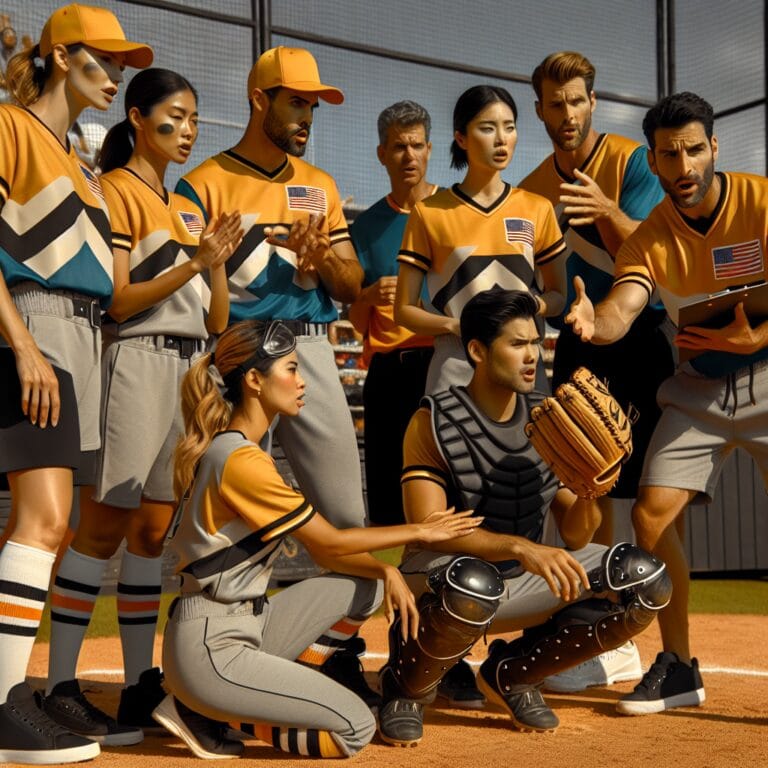Softball Cleat Fitting Tips: Boost Your Game in 2025!
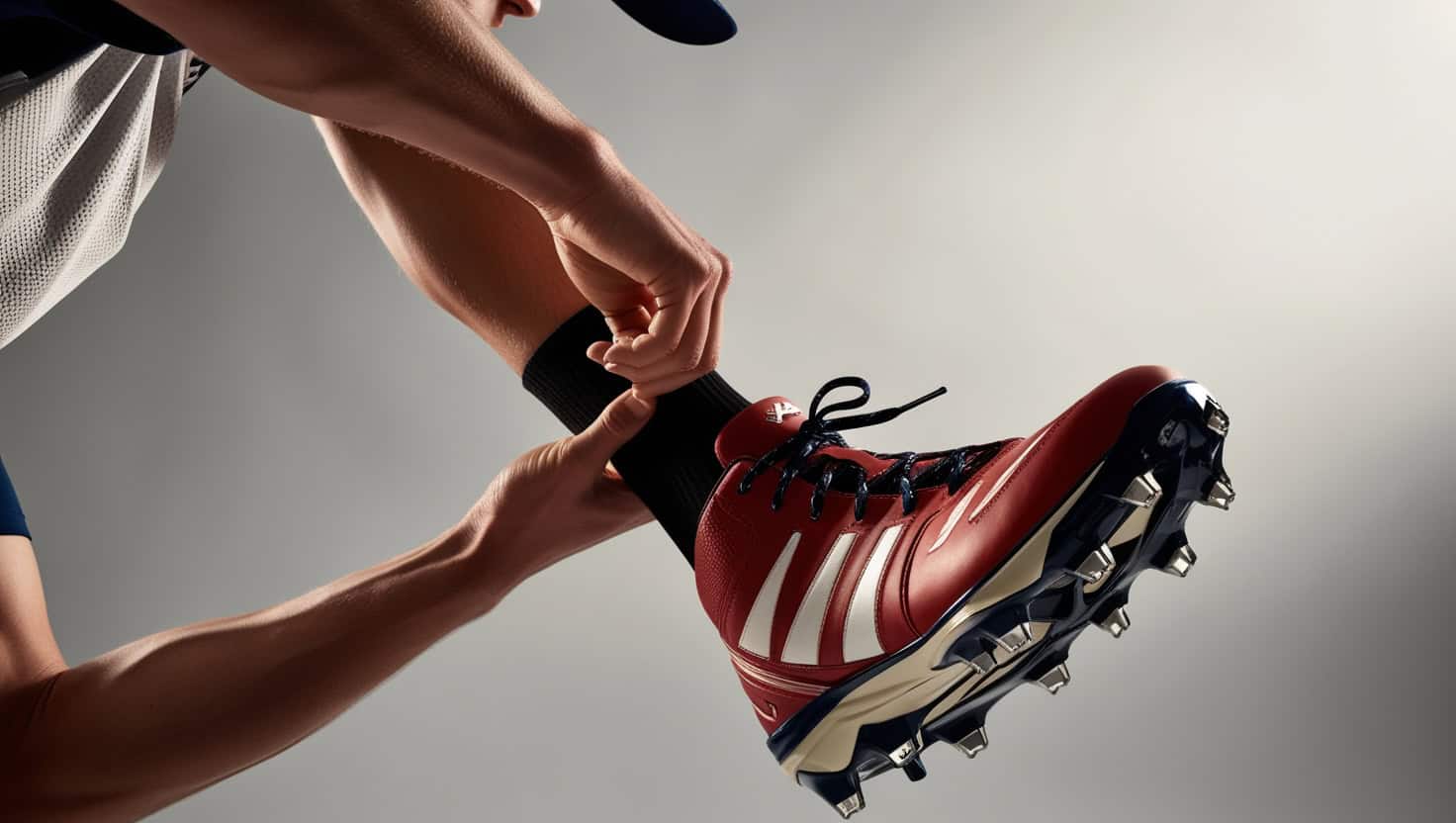
Did you know softball players report improved performance with properly fitted cleats? It’s true! As a seasoned player myself, I can’t stress enough how crucial the right fit is. Whether you’re a rookie or a pro, finding the perfect softball cleats can be a game-changer. Let’s look into some game-winning softball cleat fitting tips that’ll have you sliding into home plate with confidence!
Understanding Softball Cleat Sizing
Alright my friends, let’s dive into the nitty-gritty of softball cleat sizing. Trust me, I have over 20 years of experience with this one, and I’m here to share some hard-earned wisdom. First things first, you gotta know that your regular shoe size isn’t necessarily going be your cleat size. I learned the hard way when I squeezed my feet into a pair of cleats that were a size too small and bruised my big toe. Talk about a rookie mistake!
Here’s a pro tip: don’t forget about your socks! The thickness of your socks can make or break your comfort on the field. I remember this one time, I wore these thick, cushiony socks with my perfectly fitted cleats, and suddenly they felt too tight. Not cool!
When it comes to measuring your feet, you wanna be as accurate as possible. I usually do this at the local sporting goods store and local shoe store where they have the professional foot measuring tools you can step on. If you don’t have a store easily accessible to you I recommend you go one size up on your cleats compared to your everyday shoes. This is to allow extra space for bigger cushy socks and also room for your foot to slide forward when playing so you don’t hit the front of the cleat with your toes! Easy peasy, right?
Oh, and speaking of swelling, that’s something you gotta factor in. Your feet are gonna expand during play, especially on those hot summer days. I learned to go up about one size to accommodate for this. Trust me, your toes will thank you later!
Key Features to Look for in Softball Cleats
Time to talk about what makes a good softball cleat. There’s a bunch of different materials out there – leather, synthetic, mesh – and each has its pros and cons. Personally, I’m a fan of leather for durability, but synthetic can be great for breathability. It’s all about what works for you and your playing style.
Now, ankle support is a biggie! You’ve got your low-tops, mid-tops, and high-tops. I used to swear by high-tops for the extra support, but I’ve come to appreciate the flexibility of low-tops for certain positions. It’s like choosing between peanut butter and jelly – they both have their place.
Traction is crucial! The stud pattern on your cleats can make a world of difference when you’re making those quick cuts on the base paths. I’ve slipped more times than I care to admit with the wrong cleats. Don’t be like me – pay attention to those studs!
Durability is another factor you can’t ignore. I mean, who wants to shell out for new cleats every season? (Unless you want to get a color which matches your new team jerseys!) Look for reinforced toe caps and sturdy construction. I’ve had cleats that fell apart faster than my team’s lead in the last inning – not a good feeling!
Essential Softball Cleat Fitting Tips
Here’s where we get into the meat of softball cleat fitting tips. The “finger test” is your best friend when it comes to checking length. Slip on the cleat, stand up, and see if you can fit about a finger’s width between your heel and the back of the cleat. Too much space? You’re gonna be sliding around in there. Too little? Hello, blisters! It is better to have your cleats a little on the bigger side than on the smaller side. When your cleats are slightly too big you can always tie the laces tighter so your feet don’t slide around.
Heel grip and ankle support are crucial. You want your heel to feel snug but not pinched. I once played a whole game with cleats that were loose in the heel – let’s just say my feet were not happy campers by the end.
Don’t forget about the toe box! Your toes need room to wiggle a bit. I’ve had my fair share of black toenails from too-tight cleats, and trust me, it’s not a look you want.
Here’s a pro tip that’s saved me more than once! Try on both cleats and walk around. Next do some light jogging if you can and last but not least make some quick sudden stops to see if your foot slides forward and your toes hit the end of the cleat! You’d be surprised how different they can feel once you’re moving.
Adapting Cleats for Different Positions
Let’s talk about position-specific considerations. Pitchers, you folks need cleats that’ll give you a solid foundation for your windups. I’ve seen pitchers lose their footing and throw some wild ones because their cleats weren’t up to snuff. I highly recommend low-tops for pitchers as it allows you room to put on those all important shin guards to protect yourself from those quick line drives! Low-tops also give you the flexibility to pivot left or right easier since your ankle is free.
Infielders and outfielders, you’ve got different needs. Infielders, you want something that’ll let you move quick on your toes. Outfielders, you need cleats that can handle those long sprints. I’ve played both, and the right cleats make all the difference.
For you versatile players out there (and I know there’s a lot of you), look for cleats that strike a balance. You want something that can handle a bit of everything. It’s like being a Swiss Army knife – gotta be ready for anything!
Breaking In Your New Softball Cleats
Alright, last but not least, let’s talk about breaking in those new cleats. I know you’re eager to hit the field, but trust me, take your time with this. I’ve tried all sorts of tricks to speed up the process – wearing them around the house, using a baseball bat to flex the sole, you name it. Just be careful not to overdo it and damage the cleats.
Pay attention to any areas that feel tight or rub – these are your potential problem spots. I once ignored a little discomfort near my ankle and ended up with a nasty blister mid-game. Not fun!
Gradual wear-in periods are key. Start with short practices or walks, then slowly increase the time. Your feet will thank you, I promise.
And finally, know when to admit defeat. If your cleats are still giving you grief after a reasonable break-in period, they might not be the right fit. It’s better to cut your losses than to suffer through a whole season of discomfort. Trust me, I’ve been there, and it’s not worth it.
Remember, finding the perfect softball cleats is like finding the perfect batting stance – it takes time, patience, and a bit of trial and error. But once you get it right, it’s a game-changer. Now go out there and play ball!
Armed with these softball cleat fitting tips, you’re now ready to step up to the plate with confidence! Remember, the perfect fit can mean the difference between a good game and a great one. Don’t rush the process – take your time to find cleats that feel like they were made just for you. After all, when your feet are happy, you’ll be unstoppable on the field. So, what are you waiting for? Go try on some cleats and get ready to knock it out of the park this season!
Craving more softball wisdom? Unlock game-changing tips below!

